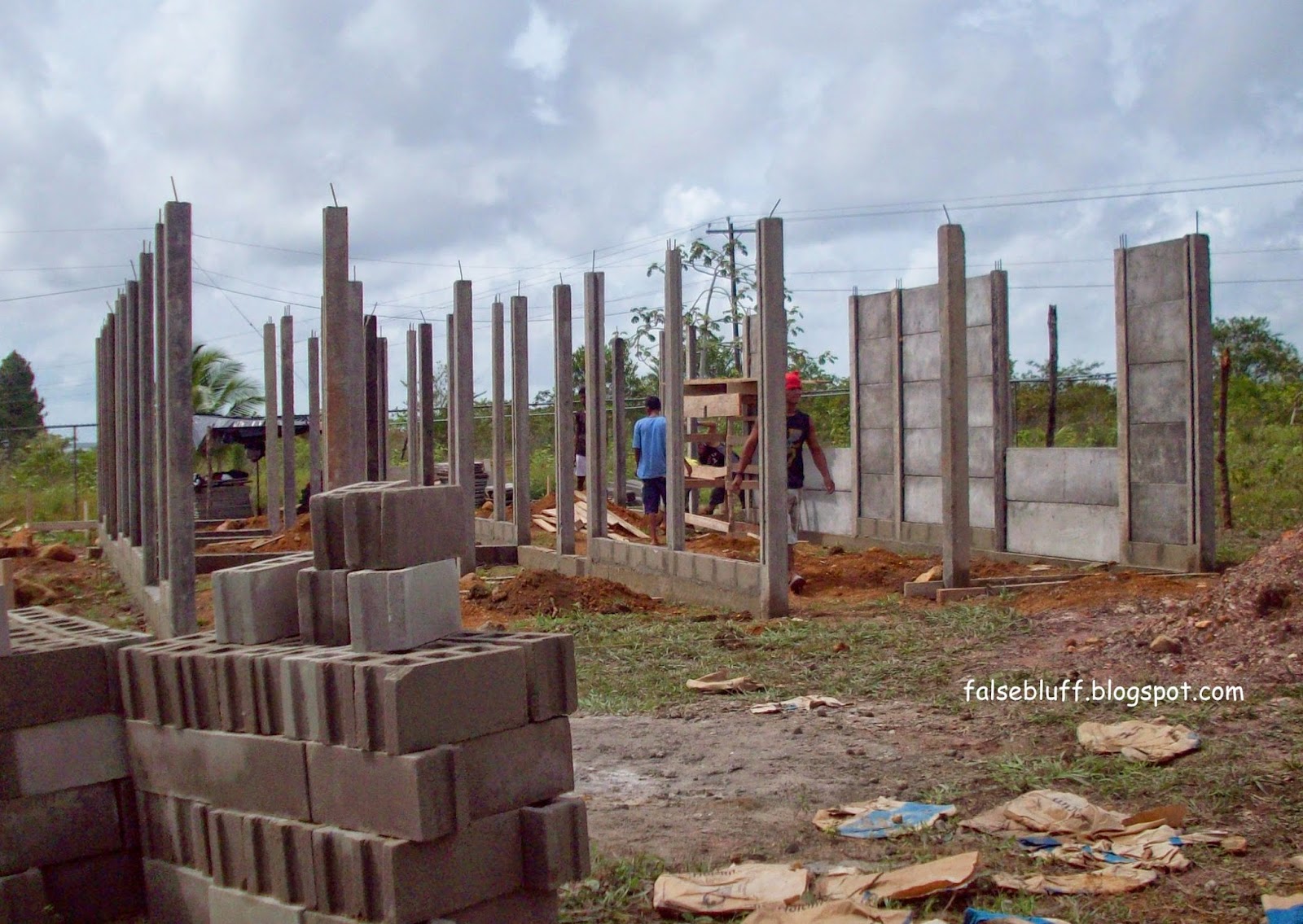'Gringos' I said.
She corrected me with a smile. 'No. Now we call them internationales.'
On Big and Little Corn Islands prices are high and available land is disappearing, especially land on the water. So, more and more internationales are looking in and around Bluefields. I mean, who wants to live in a gated community on the other side when the right side's the up and coming place to be?
A couple of internationales were guests at False Bluff just before Christmas. She's from Argentina, he's Dutch, and they've added Nicaragua to the list of places they call home: they bought property about a kilometer north of us before they returned to London where they live...just in time for the birth of their baby in early January.
And their new son has a Miskito name...true internationales.
(I thank the photographers of these photos.)





































-001.JPG)
-003.JPG)
-002.JPG)
-001.JPG)









-003.JPG)
-002.JPG)